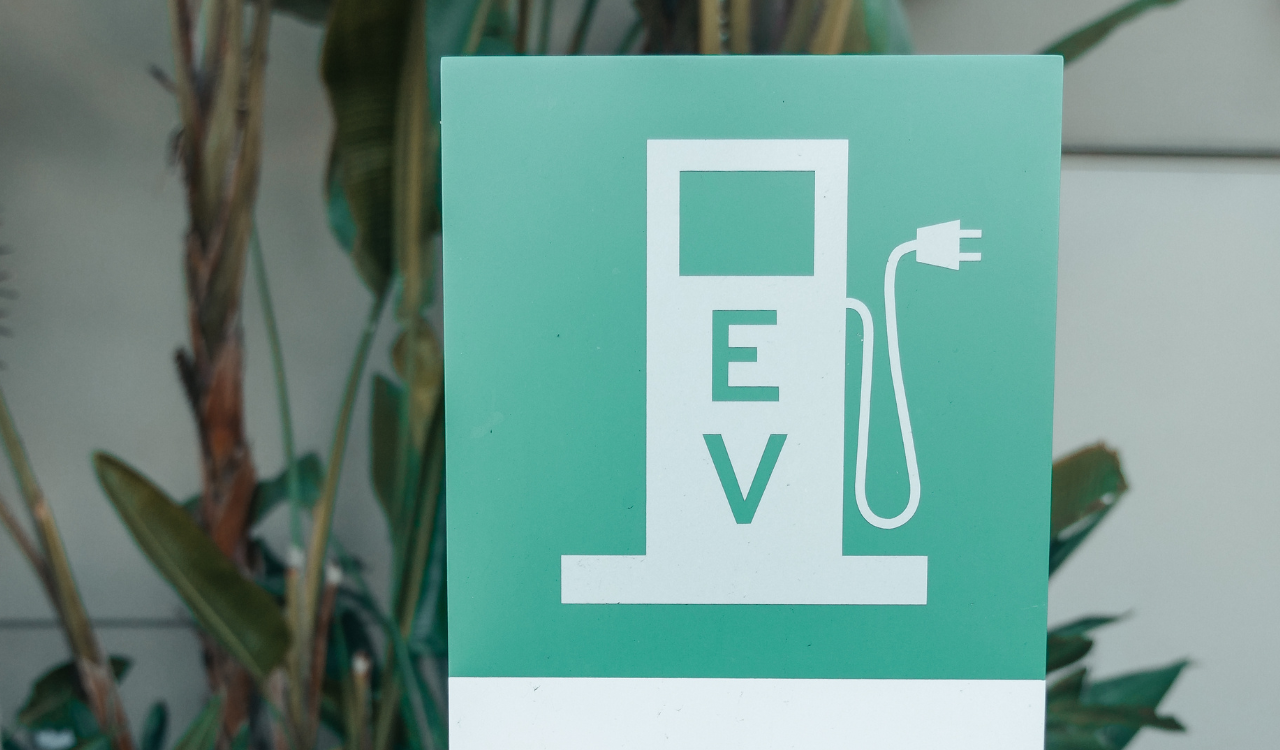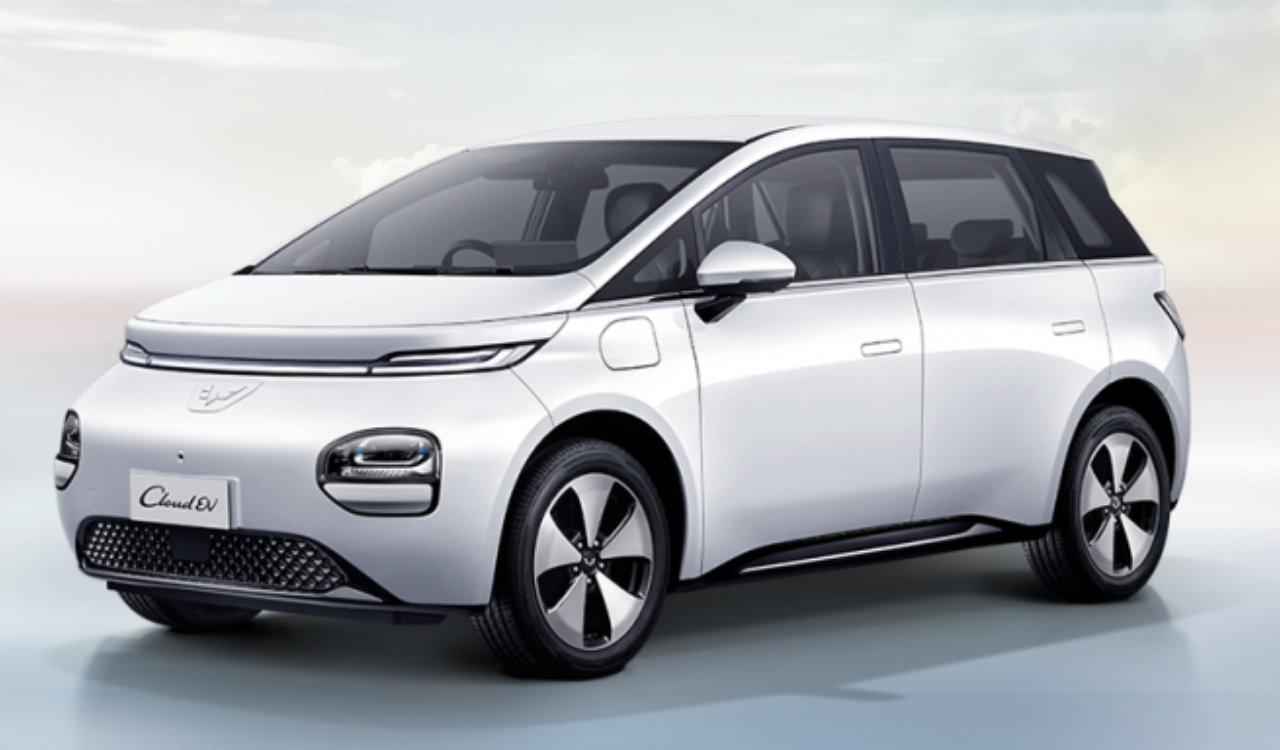
The new 2024 year has finally come and we pray that every (Your EV Finder) reader has a beautiful year. In 2024 several electric vehicle companies are all set to bring their respective models (cars and scooters). On the other hand, electric vehicle charger companies are accelerating their entry into the U.S. market.
For the USA market, several companies such as SK, LG, and Lotte are looking to gather more attention and it was reported that these companies will soon get electric vehicle charging-related certification and build local factories in the United States. According to SNE Research, the electric vehicle charger market is expected to be worth 6.3 trillion won in 2030.
If you live in the US and own an electric vehicle so just for your information, public charging stations are scheduled to be built under the federal government's 'Special Act on Expansion of National Electric Vehicle Charging Infrastructure'.
The reason behind covering the US market is related to the supply chain which is currently lower than expected. According to the International Energy Agency, as of 2021, the number of global public chargers distributed was 1.8 million, with the most active supply in China, Europe, and the United States. As of 2021, the number of public chargers in the United States totals 114,000 slow and rapid chargers.
The United States is enforcing the ‘Special Act on Expansion of National Electric Vehicle Charging Infrastructure’ to distribute electric vehicle chargers. The government plans to invest $7.5 billion to build 500,000 public charging stations and is providing related tax exemptions or subsidies.
As reported by TheElec, from mid-2025, subsidies will be provided to fast chargers of 150 kW or more in accordance with the U.S. Inflation Reduction Act (IRA).
Half of the electric vehicle charger parts are made in the United States, and final assembly must also be done locally. It is predicted that SK Signet, among domestic companies, will be able to receive a large amount of subsidies under the IRA law.
Last year, LG Electronics entered the electric vehicle charging market in earnest by acquiring Hibi Charger. It is currently providing products to about 30 E-Mart stores in Korea and plans to launch an electric vehicle charger lineup in the U.S. market in the first half of next year. The slow charger supports 11kW and the fast charger supports 175kW.
In 2023 end, the companies get UL certification for slow chargers from UL, an American safety certification agency. It is known that LG Electronics' electric vehicle charger production line has been established in LG Digital Park in Pyeongtaek.
Lotte Data Communication is aiming to enter the U.S. market through its subsidiary EVIS. In order to enter the U.S. market, the product's safety and electromagnetic compatibility (NRTL) was certified. It has met local energy efficiency and power metering laws and is currently installing chargers throughout North America for testing. Evesys said, “We will build a supply chain through a local subsidiary in the United States.”
EV charger types
The electric vehicle charges are categorised into three categories: Level 1, Level 2 and direct current (DC) fast chargers.
Key differences
Input voltage. Charger power is required to operate and is expressed in volts.
Power output. Charger power generated in kilowatts (kW).
Charging speed. This is the number of miles added to the EV’s battery per hour of charging and depends on the charger’s power output.
EV power intake. Depending on your EV, the power output pulled from a charger (in kW) may be limited by how much the EV’s battery can withstand.
Also, check the complete Electric Vehicle types here.

.png)
.png)
